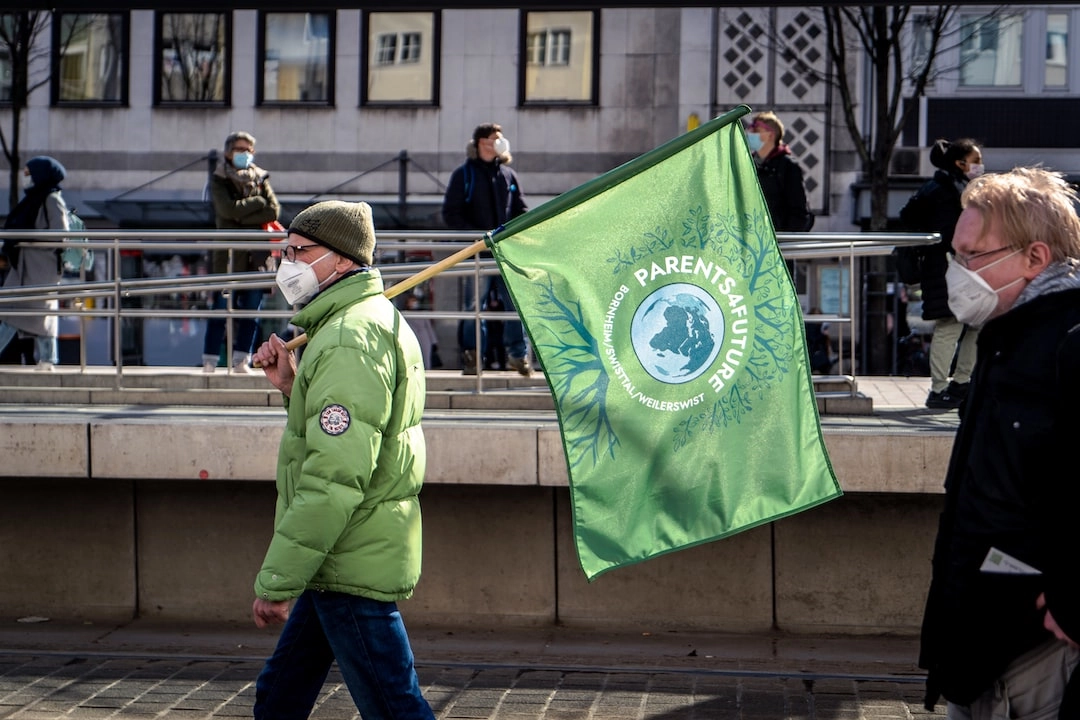What it is:
Eco-Friendly Approaches in Archaeology refer to the methods and practices employed in the field of archaeology that aim to minimize environmental impact and promote sustainability. Archaeologists recognize the importance of preserving both our cultural heritage and the natural environment for future generations. By incorporating eco-friendly approaches into their work, archaeologists can mitigate the negative environmental effects of excavation, research, and artifact preservation.
Real-World Problems:
Despite the inherent value of archaeological research, there are several real-world problems that arise within the field and pose challenges to eco-friendly practices. It is important for archaeologists and relevant stakeholders to address these issues in order to protect the past for future generations.
1. Irreversible Damage to Sites:
One of the major concerns in archaeology is the potential for irreversible damage to archaeological sites during excavation. Without proper care and conservation measures, excavation activities can lead to the destruction of cultural and natural features. This poses a challenge for eco-friendly approaches, as the goal is to minimize the impact on both the archaeological remains and the surrounding environment.
2. Climate Change and Environmental Threats:
Archaeological sites are often located in areas susceptible to climate change and other environmental threats. Rising sea levels, increased flooding, and extreme weather events can all pose significant risks to archaeological sites and their preservation. This highlights the need for eco-friendly approaches that consider the potential impacts of climate change and aim to protect these sites from environmental degradation.
3. Sustainable Artifact Conservation:
Preserving and conserving artifacts is a crucial part of archaeology, but it can also present challenges in terms of eco-friendliness. Traditional methods of artifact preservation often involve the use of chemicals and materials that can be harmful to the environment. Developing sustainable techniques and materials for artifact conservation is a pressing issue within the field, as it aligns with the broader goal of eco-friendly approaches in archaeology.
4. Balancing Development and Preservation:
Archaeological sites are often found in areas experiencing rapid urbanization and development. Balancing the need for development and infrastructure with the preservation of important archaeological sites is a complex challenge. This requires collaboration between archaeologists, developers, and local communities to ensure that eco-friendly approaches are integrated into planning processes and that archaeological sites are given the necessary protection and recognition.

Solutions:
Addressing the real-world problems associated with eco-friendly approaches in archaeology requires proactive measures and collaboration between various stakeholders. By implementing the following solutions, we can work towards protecting the past for future generations in a sustainable and responsible manner.
1. Site Preservation and Minimal Excavation:
One of the key solutions is to prioritize site preservation and minimize excavation whenever possible. By conducting thorough site assessments and employing non-invasive survey techniques, archaeologists can gather valuable information without causing irreversible damage to the site. This approach ensures the long-term preservation of cultural and natural features.
2. Climate Change Adaptation Measures:
To combat the challenges posed by climate change and other environmental threats, archaeologists can incorporate climate change adaptation measures into their work. This involves assessing the vulnerability of archaeological sites to environmental changes, implementing strategies to mitigate risks, and collaborating with relevant organizations to advocate for stronger environmental protection measures.
3. Sustainable Artifact Conservation Methods:
Developing sustainable artifact conservation methods is crucial for reducing environmental impact. Utilizing environmentally friendly materials and techniques, such as non-toxic cleaning agents and energy-efficient storage solutions, can minimize the ecological footprint of archaeological conservation practices. Investing in research and innovation is key to finding new, eco-friendly approaches to artifact preservation.
4. Integrated Planning and Community Engagement:
Balancing development and preservation requires integrated planning processes that involve archaeologists, developers, and local communities. By engaging with stakeholders and raising awareness about the importance of cultural and archaeological heritage, it becomes possible to identify sustainable development options that prioritize protection and promote eco-friendly approaches. This collaboration ensures that archaeological sites are respected and integrated into future development plans.
Conclusion:
Eco-friendly approaches in archaeology play a vital role in protecting our cultural heritage and safeguarding the environment. By addressing the real-world problems associated with archaeological practices, and implementing the solutions outlined above, we can ensure that future generations can enjoy and learn from the past while preserving the integrity of archaeological sites in a sustainable and responsible manner.













